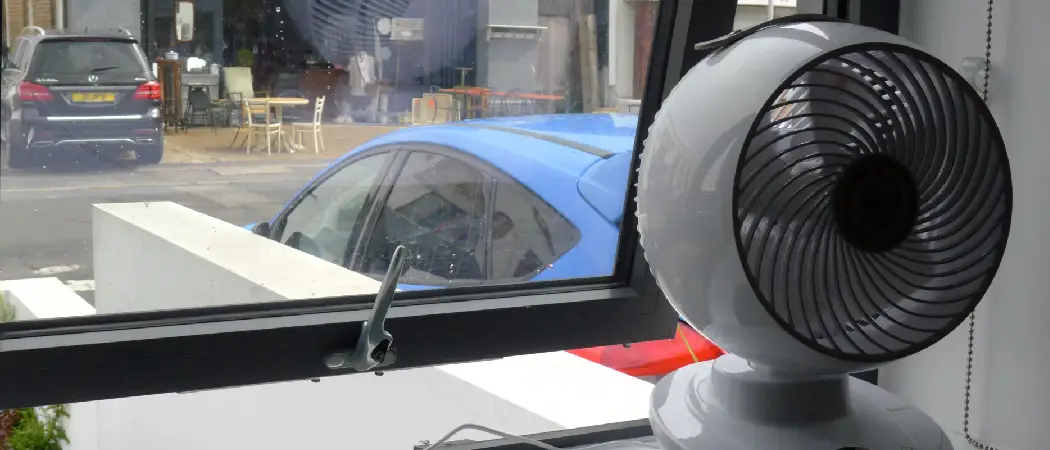Have you ever found yourself sweltering in the scorching heat of a summer day, only to realize that your trusty swamp cooler is not working properly? This can be a frustrating and uncomfortable experience, especially if you live in a hot climate where swamp coolers are essential for staying cool. One common culprit for these issues is a bad motor. But how to tell if swamp cooler motor is bad?
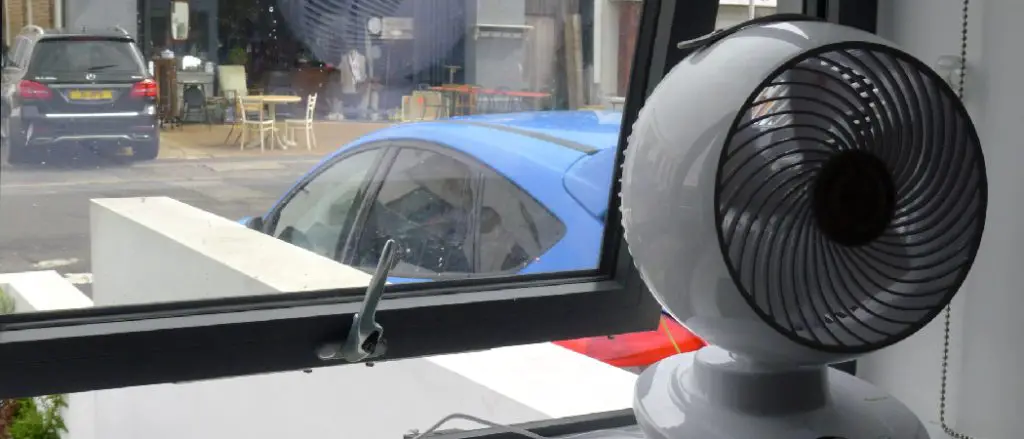
In this blog post, we’ll explore the key signs and symptoms that may indicate a malfunctioning motor and provide tips on how to tell if your swamp cooler motor is bad. Whether you’re a homeowner or a renter, understanding these warning signs can save you time, money, and discomfort in the long run. So let’s dive in and learn how to keep your swamp cooler running smoothly all summer long!
Understanding Swamp Cooler Motors
Function
Before we delve into the signs of a bad motor, it’s essential to understand the function of swamp cooler motors. These motors are responsible for driving the fan in your swamp cooler, which pulls air from outside and blows it through damp pads to cool down the air. This mechanism works by evaporative cooling, where hot air is transformed into cool air as water evaporates within the pads. A malfunctioning motor can disrupt this process, resulting in a less efficient or completely non-functional swamp cooler.
Types of Motors
Swamp cooler motors come in two main types: belt-driven and direct-drive. Belt-driven motors use a belt to connect the motor to the fan, while direct-drive motors have a shaft directly connected to the fan. The type of motor you have will determine the specific signs and symptoms to look out for in case of a malfunction.
Lifespan and Common Issues
On average, a swamp cooler motor can last anywhere from 7-10 years with proper maintenance and usage. However, some factors such as extreme weather conditions or improper installation can shorten its lifespan. The most common issues with swamp cooler motors include burnt-out capacitors, damaged bearings, or a faulty start/run switch.
How to Tell if Swamp Cooler Motor Is Bad: Warning Signs of a Bad Swamp Cooler Motor
Performance Issues
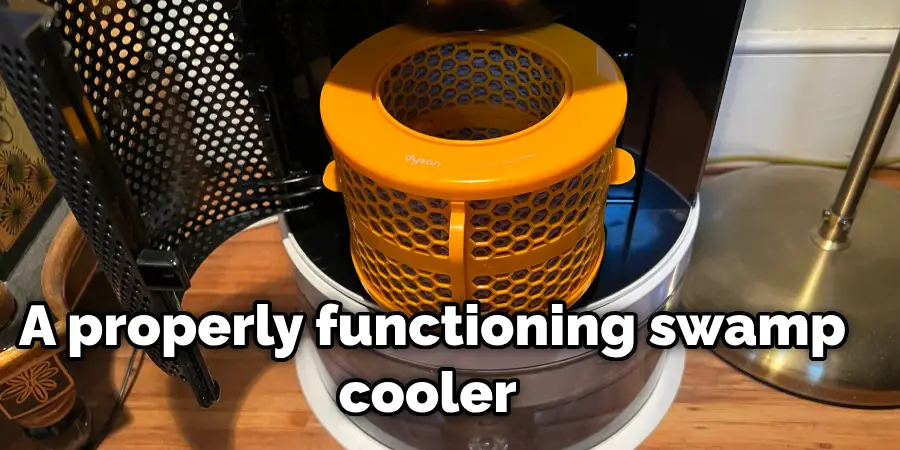
- Lack of Airflow: If your swamp cooler is not blowing enough air or the airflow is significantly weaker than usual, it could be a sign of a failing motor. A bad motor may not have enough power to drive the fan, thus restricting airflow and reducing its cooling capabilities.
- Uneven Cooling: Another performance issue to watch out for is uneven cooling throughout your home. This can occur if certain rooms or areas are cooler than others, indicating that the fan is not functioning efficiently.
- Fluctuating Airflow: If you notice a fluctuation in the airflow, such as periods of strong airflow followed by periods of weak airflow, it could be a sign of an overheating motor. This can happen when the motor is working harder than usual to compensate for its reduced efficiency.
- Unusual Sound: A properly functioning swamp cooler should operate quietly, with only a gentle humming sound. If you notice unusual noises such as grinding or squealing, it could be a sign of a bad motor. These noises can indicate that the bearings are damaged and need to be replaced.
- Burning Smell: A burning smell coming from your swamp cooler is a red flag that something is wrong. It could indicate overheating of the motor due to a faulty start/run switch or a burnt-out capacitor.
Physical Signs
- Visible Damage: Conducting a visual inspection of your swamp cooler motor can also help you determine if it’s bad. Look for any signs of physical damage, such as frayed wires, rust, or corrosion. These issues can interfere with the proper functioning of the motor and require immediate attention.
- Motor Not Running: If your swamp cooler is not turning on at all, it could be due to a bad motor. However, it’s essential to rule out other potential causes, like a blown fuse or a faulty thermostat, before concluding that the motor is bad.
- Motor Overheating: If the motor feels hot to the touch, it could be a sign of overheating. This can happen if the motor is working harder than usual due to reduced efficiency.
- Water Leaks: A damaged motor can also cause water leaks, which can damage your swamp cooler and surrounding areas. If you notice any signs of water leakage, it’s crucial to check the motor for any issues.
- Rust and Corrosion: As mentioned earlier, rust and corrosion on the motor can indicate damage and interfere with its performance. If you notice these signs, it’s best to have a professional inspect the motor and replace any damaged parts.
Other Potential Culprits
- Faulty Thermostat: Sometimes, a bad motor may not be the issue at all. Instead, it could be a faulty thermostat that’s preventing your swamp cooler from turning on or functioning properly. Make sure to check the thermostat settings and replace it if necessary.
- Clogging Filter: A clogged filter can also cause issues with your swamp cooler’s performance and airflow. Regularly cleaning or replacing the filter can help prevent potential motor damage.
- Improper Installation: A poorly installed motor can lead to various problems, from physical damage to electrical issues. If you suspect that your motor was not installed correctly, it’s best to have a professional take a look and make any necessary adjustments.
- Water Pump Issues: In some cases, the water pump may be at fault for a malfunctioning swamp cooler. If you’ve ruled out any issues with the motor and other components, it’s best to have a professional inspect and potentially replace the water pump.
- Electrical Wiring Problems: Electrical wiring issues can also interfere with the proper functioning of your swamp cooler motor. If you’ve ruled out all other potential culprits, it’s essential to have a professional inspect the electrical wiring and make any necessary repairs or replacements.
These are the signs that will definitely answer your questions on how to tell if swamp cooler motor is bad. It’s crucial to address any motor issues promptly to prevent further damage and ensure your swamp cooler operates efficiently. If you’re unsure about diagnosing or fixing a bad motor, it’s always best to seek professional help for safe and proper repairs.
Importance of Professional Diagnosis and Repair
Safety Concerns
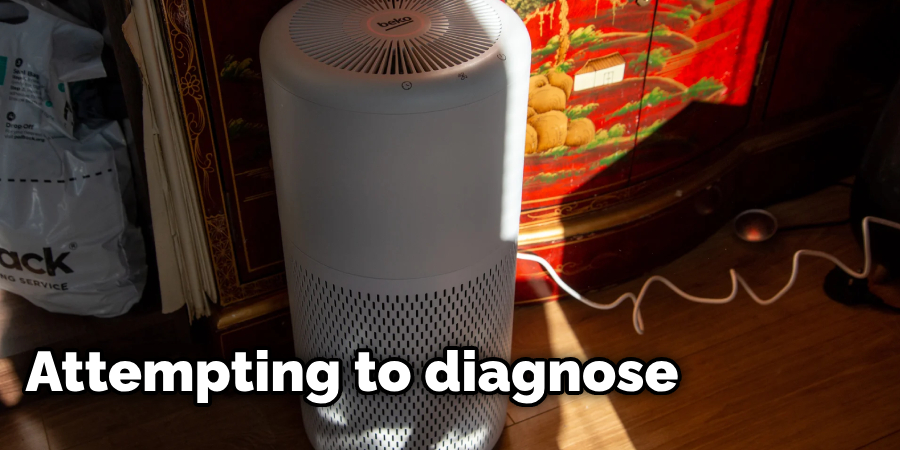
Swamp cooler motors operate on high voltage, making it potentially dangerous to handle for those without proper training and equipment. Attempting to diagnose or fix a bad motor yourself can put you at risk of electrical shock or fire hazards.
Accurate Diagnosis
While the warning signs discussed above can give you a general idea of whether your swamp cooler motor is bad, a professional diagnosis can provide a more accurate assessment. A trained technician can use specialized tools and techniques to pinpoint the exact issue and recommend the best course of action.
Proper Repairs
Attempting DIY repairs based on internet research or guesswork can often do more harm than good, leading to further damage and potential safety hazards. Professional technicians have the necessary skills, knowledge, and experience to handle motor repairs safely and effectively.
Warranty Protection
If your swamp cooler is still under warranty, attempting DIY repairs can void the warranty. It’s best to let a professional handle any necessary repairs to ensure that your warranty remains valid.
DIY Repair Tips on How to Fix a Bad Swamp Cooler Motor
If you’re confident in your DIY skills and want to attempt fixing a bad swamp cooler motor yourself, here are some general tips to follow:
Safety First
Before attempting any repairs, make sure to disconnect the power supply and discharge any stored electrical energy from the motor. Also, ensure that you have all the necessary safety equipment and tools at hand.
Gather Information
Research your specific swamp cooler model and motor before starting any repairs. This information will help you understand how your motor functions and what components may need replacing. You may also find helpful troubleshooting guides or repair manuals online.
Follow Instructions
If you’re following a specific guide or manual, make sure to read and understand all the steps before proceeding. Skipping or incorrectly performing any step can lead to further damage or safety hazards.
Be Patient and Persistent
Motor repairs can be tedious and require patience, especially if it involves replacing small parts. Take your time, and follow the instructions carefully to ensure a successful repair.
Know When to Seek Professional Help
If you encounter any issues or difficulties during the DIY repair process, it’s best to stop and seek professional help. Attempting to fix a bad swamp cooler motor beyond your skill level can do more harm than good.
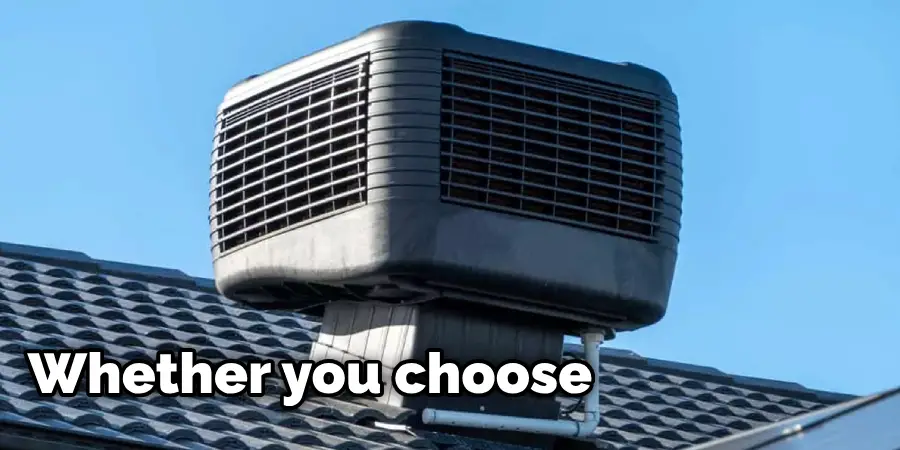
In conclusion, knowing how to tell if swamp cooler motor is bad and addressing any issues promptly can prolong the lifespan of your unit and keep it functioning efficiently. Whether you choose to seek professional help or attempt DIY repairs, always prioritize safety and proper diagnosis for the best results. So, be a responsible and proactive owner by taking care of your swamp cooler’s motor regularly.
Preventing Swamp Cooler Motor Issues
While it’s essential to know how to tell if someone is casing your house, it’s even better to prevent motor issues altogether. Here are some tips to help you keep your swamp cooler motor in good condition:
Regular Maintenance
Regularly inspect and clean your swamp cooler motor to remove any dirt, debris, or buildup that can affect its performance. Also, consider scheduling regular maintenance with a professional technician to ensure all components are in good working condition.
Proper Storage
If you live in an area where you won’t be using your swamp cooler for an extended period, make sure to store it properly. This includes draining any remaining water, cleaning and drying all components, and storing the unit in a dry, protected area.
Upgrade Components
Consider upgrading to high-quality filter pads, belts, and other components as needed. These can help improve your swamp cooler’s performance and prevent potential motor damage.
Check Electrical Connections
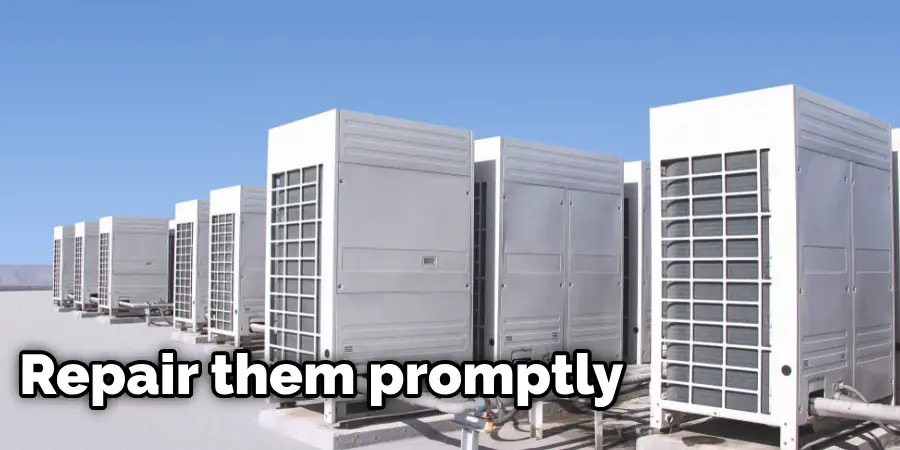
Regularly inspect all electrical connections and wiring to ensure they are secure and free of any damage or wear. If you notice any issues, have a professional inspect and repair them promptly.
Use the Correct Water Level
Proper water level is crucial for the efficient and safe operation of your swamp cooler. Make sure to check and maintain the correct water level in your unit at all times.
By following these preventive measures and properly maintaining your swamp cooler motor, you can prevent potential issues and ensure its longevity.
Conclusion
In conclusion, recognizing the signs of a bad swamp cooler motor is crucial for ensuring the efficient and safe operation of your unit. By following the tips outlined in this article, you can prevent potential issues and prolong the lifespan of your motor.
However, always prioritize safety by seeking professional help for accurate diagnosis and repairs. Remember, knowing how to tell if swamp cooler motor is bad and addressing any issues promptly can save you time, money, and potential safety hazards. Stay informed and proactive in taking care of your swamp cooler motor for optimal performance.
If you need further guidance or assistance, don’t hesitate to contact a professional technician. Keep your home cool and comfortable with a well-maintained swamp cooler motor! By being proactive and following these tips, you can save yourself from potential headaches and costly repairs in the future.

